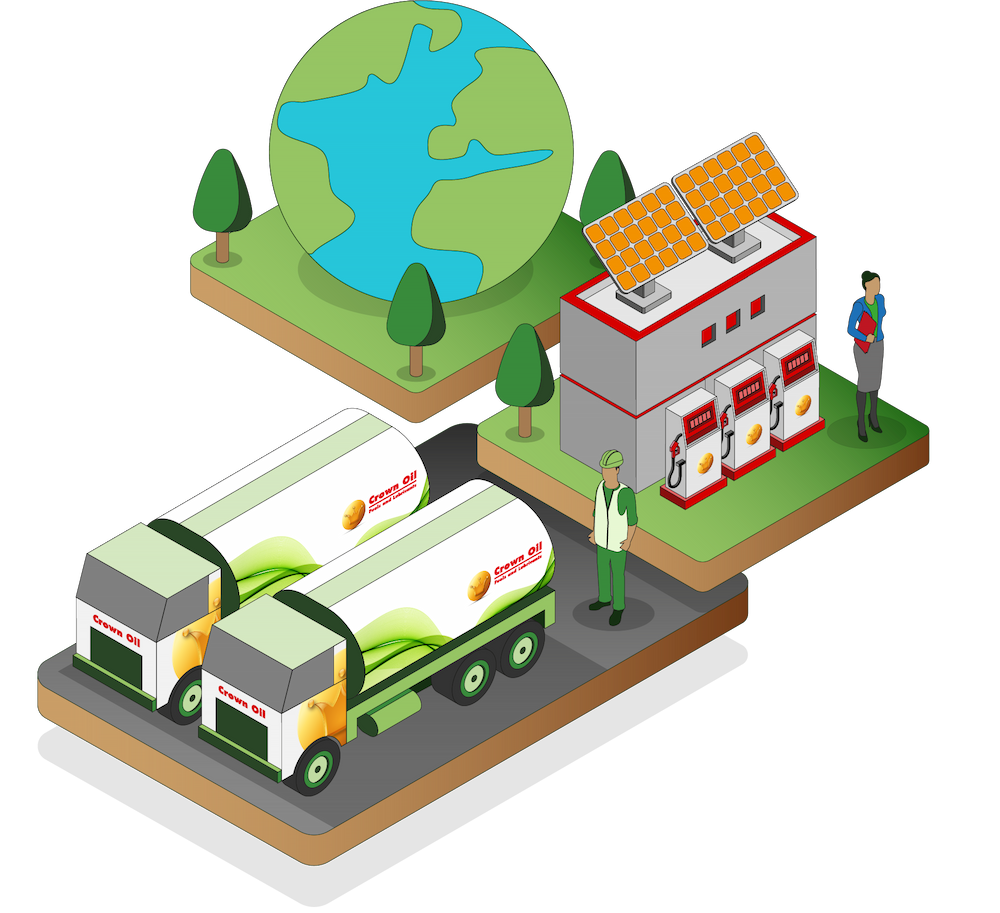
Introducing our new electric van!
Proudly introducing our new electric van! With a bright green design that stands out, we’re hoping to demonstrate our ongoing commitment to reduce our scope 1 & 2 emissions and inspire others to do the same. Transitioning our vehicles to electric is just one of our initiatives to help us reach net zero by 2030 or sooner.
We hope to add more electric vehicles to our delivery fleet very soon!




